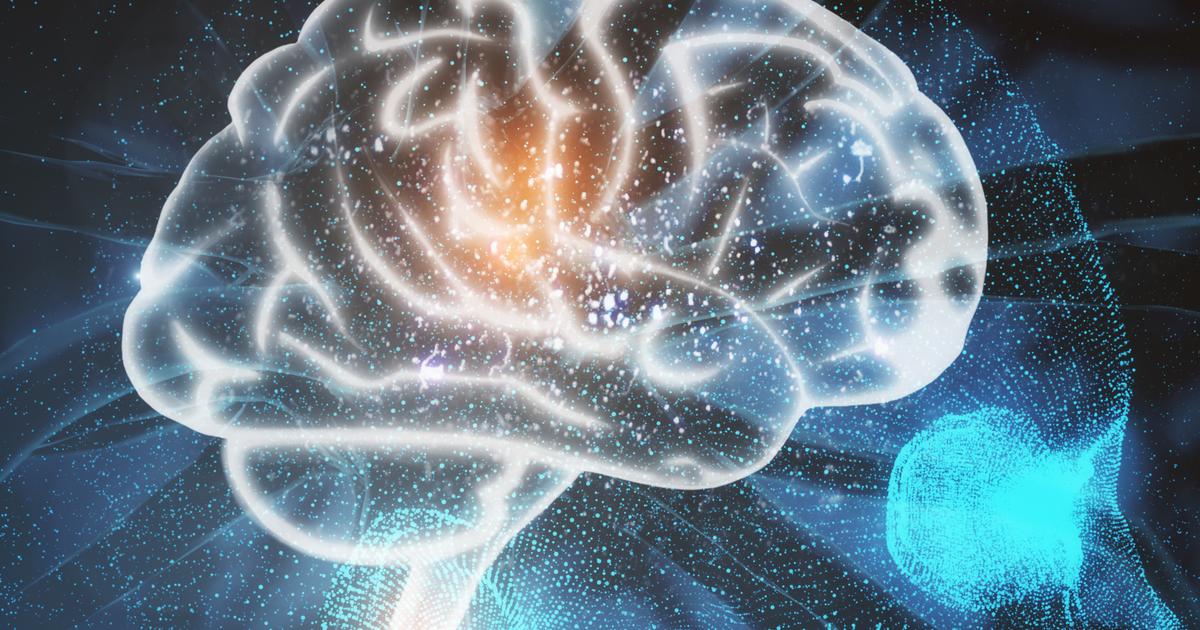What Is Tramadol?
Tramadol is an opioid (narcotic) pain reliever used to treat moderate to severe pain. Most brands of tramadol are only intended for adult use, and the medication comes in regular and extended-release tablets and capsules. It is also available in a liquid form, and patients recovering from surgery may receive it as an injection. Tramadol can be taken with or without food. When prescribed for chronic pain, doctors may gradually increase the patient's dose. Patients taking the regular tablet form can use the medication every four to six hours as needed for pain. The extended-release tablets and capsules should only be taken once a day, and these should be taken at the same time each day.
Tramadol is a controlled substance, and it may be habit-forming for some individuals, especially if it is taken for a long time. Patients who have been given a prescription for tramadol should discuss the risks and benefits of this medication with their doctor before starting treatment. Patients should also check with their doctor about how to taper their tramadol dose to reduce the risk of withdrawal symptoms while stopping the medication.
Class Of Medication

Tramadol belongs to a class of medication known as opioids. These medications are pain relievers that work by activating the opioid receptors in the nervous system, which reduces the transmission of pain signals. Some opioids are designed to treat mild pain, and others are appropriate for the treatment of moderate to severe pain. Opioids can be used to manage acute pain, including post-surgical pain, and they are also used to manage chronic pain from cancer and injuries. Opioids are controlled substances that are only available by prescription. Some are given as a patch, and others can be taken orally or by injection.
Some of the most commonly reported side effects associated with opioid use include constipation, nausea, dry mouth, reduced urinary output, headaches, and dizziness. Patients tend to feel very drowsy while taking opioids, and respiratory depression is frequently observed. Opioids can lead to dependence, and patients are advised to only use these medicines for a short period. Individuals with endocrine disorders, hypothyroidism, myasthenia gravis, or central nervous system depression may need to have their opioid dose adjusted. Adjustments are also necessary for patients who frequently consume alcohol.
How It Works

Like other opioids, tramadol attaches to receptors in the brain and changes the way the body perceives pain. Several theories have been proposed regarding the specific action of this medication, and research into these theories is ongoing. Currently, theories proposed by Driessen and Raffa center around tramadol's impact on several key receptors in the brain. For example, studies suggest tramadol allows serotonin and norepinephrine to be used by the brain for longer periods than hydrocodone and some other opioids, and doctors believe this mechanism makes tramadol especially effective in blocking pain signals located in the spinal cord.
Additional research has shown tramadol acts on the mu-opioid receptors, and this decreases the transmission rate of the nerve signals that produce pain. Generally, tramadol does not act on the mu-opioid receptors to the same degree as other opioids, and this means it has a lower risk of dependence than other narcotic pain relievers. Scientists have concluded tramadol is approximately one-tenth as strong as morphine.
